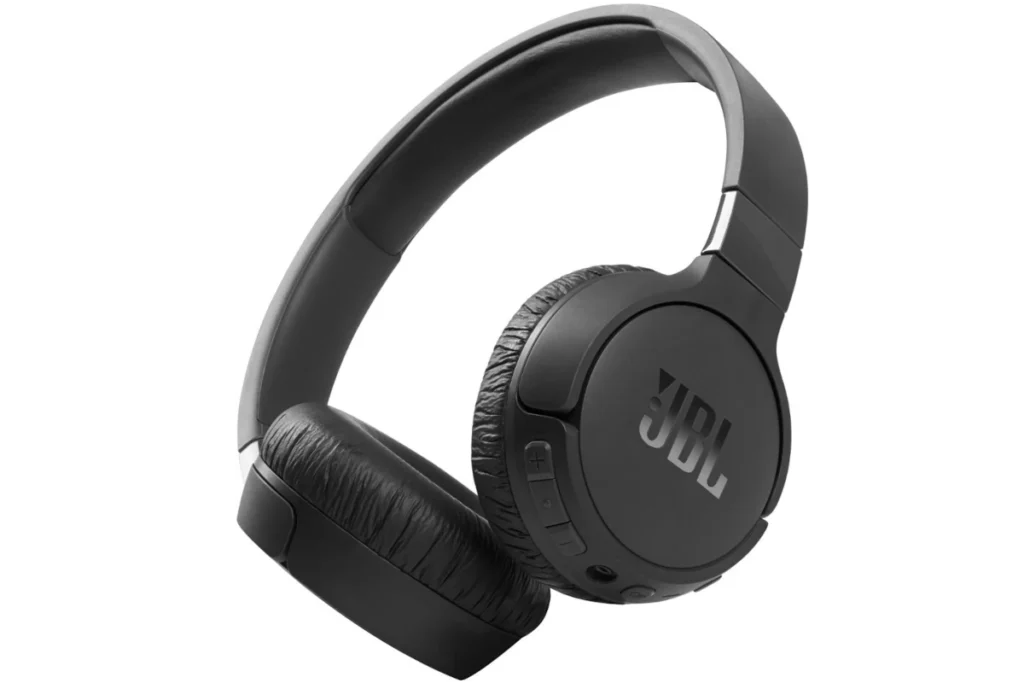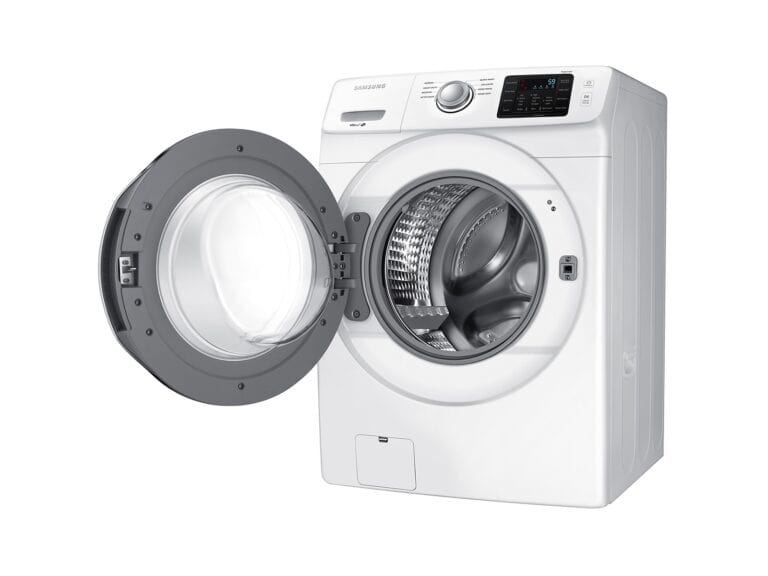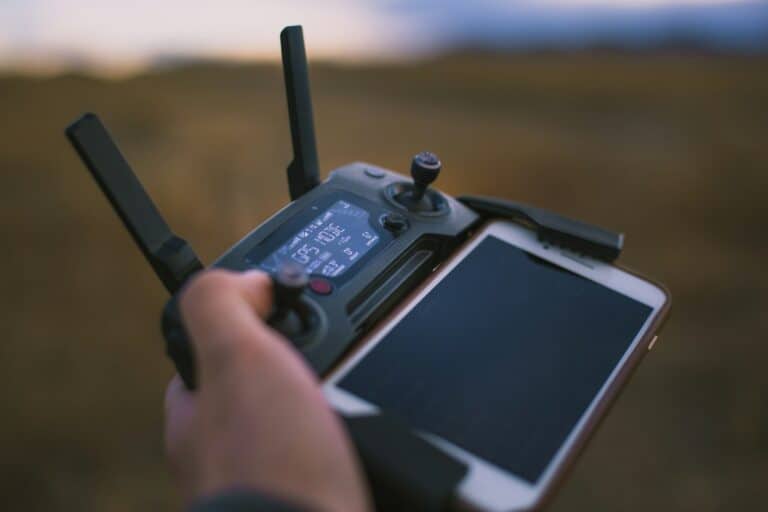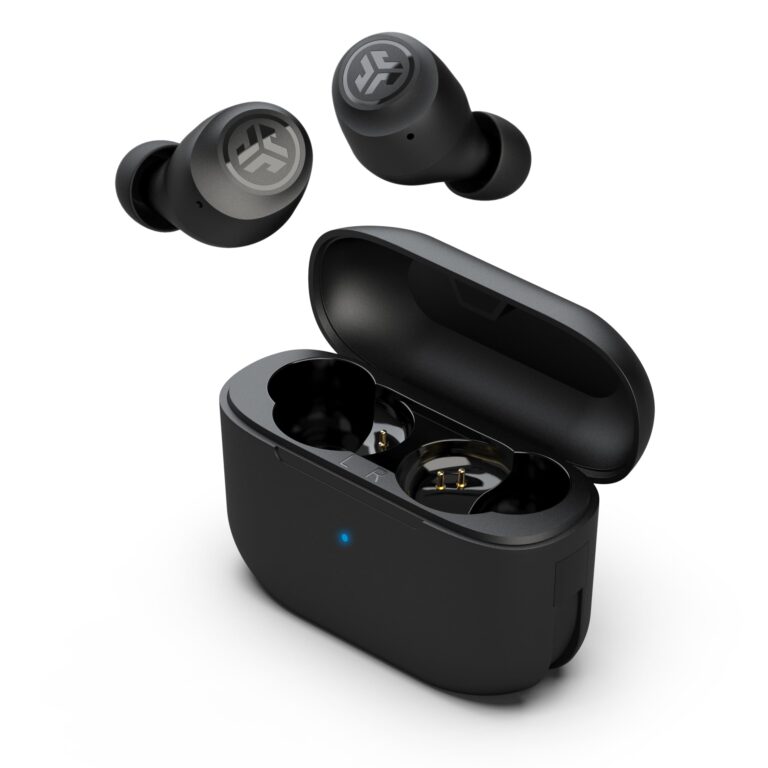
There have been several viral videos going around recently about headphone dent (aka headset dent or gamer dent) and just to clarify, it’s not a real medical condition. The videos have people worring about permanent marks on their head from wearing headphones that are snug or even tight, but the fear is unfounded. Wearing headphones on your head (even tight ones) might leave a temporary indentation that will quickly go away once you take them off. That’s it.
Headphones cannot cause lasting damage to your skull or change its shape. The skull is a strong bone that protects your brain. It does not easily change shape from external pressure.
Wearing headphones for long periods may leave temporary marks on your skin or hair. These marks fade quickly once you take the headphones off. They do not affect the skull underneath. If you’re concerned, try looser-fitting headphones or take breaks while using them.
The Truth About Headphone Head Dents
Headphone head dents aren’t a real thing, at least not in the permanent sense that people worry about.
Why the Myth Exists
The concern arises from the visible indentation headphones can leave on your hair after use. This indentation is temporary and disappears shortly after you remove your headphones.
The Science Behind It
Hair is malleable, and prolonged pressure from headphones can flatten it, creating a temporary indentation. This is similar to how a pillow leaves a temporary mark on your face after sleeping.
The Role of Headphone Design
Some headphone designs exert more pressure on your head than others, making the indentation more pronounced. However, this doesn’t mean they’re causing any lasting damage.
The Impact on Hair Health
Wearing headphones doesn’t negatively impact the health of your hair. It doesn’t cause hair loss, thinning, or any other long-term damage.
Table: Comparing Temporary Indentation vs. Permanent Damage
| Feature | Temporary Indentation | Permanent Damage |
|---|---|---|
| Cause | Pressure from headphones | Trauma or underlying medical condition |
| Duration | Disappears shortly after removing headphones | Persists even after removing the cause |
| Impact on Hair Health | None | Can lead to hair loss or thinning |
| Treatment | None required | May require medical intervention |
Tips for Comfortable Headphone Use
- Choose headphones with adjustable headbands for a comfortable fit.
- Take breaks from wearing headphones to give your hair and scalp a rest.
- Avoid wearing headphones that are too tight.
Remember, headphone head dents are a temporary cosmetic concern, not a medical one. Enjoy your music without worrying about damaging your hair.

Key Takeaways
- Headphones do not cause permanent dents in your skull
- Temporary skin marks from headphones are normal and harmless
- Using looser headphones or taking breaks can reduce skin marks
Understanding Headphone Dents
Headphone dents are impressions that can appear on the head after wearing headphones for long periods. These dents are usually temporary and not a cause for concern.
Anatomy of the Human Skull
The human skull is made up of several bones that protect the brain. The outer layer of the skull is covered by skin, fat, and muscle. This soft tissue can be compressed when pressure is applied.
The skull itself is very strong and does not easily change shape. But the soft tissue on top can be temporarily pressed down. This is what causes the appearance of headphone dents.
Most people have some natural bumps and dips in their skull. These normal variations can sometimes be mistaken for headphone dents.
Headset Design and Pressure Distribution
Headphone design plays a big role in how pressure is spread across the head. Good headphones have padding to spread out the force. This helps prevent dents and discomfort.
The headband should be adjustable to fit different head sizes. A proper fit keeps pressure even. Too-tight headphones can cause more denting.
Materials like soft foam and cloth help cushion the head. Hard plastic or metal can press more on the skin. Weight is also a factor. Lighter headphones put less stress on the head.
Some designs spread force better than others. Over-ear styles often have wider headbands than on-ear models. This can help reduce pressure in one spot.
Medical Conditions Related to Skull Deformation
Real skull deformations are rare but can happen due to medical issues. These are very different from temporary headphone dents.
Conditions like Gorham’s disease can cause bone loss in the skull. This leads to dips or holes in the bone. Paget’s disease makes bones soft and misshapen.
Some people are born with skull shape issues. This is called craniosynostosis. It happens when skull bones fuse too early.
Head injuries can also change skull shape. Fractures may leave dents if not treated right. But these are from trauma, not headphones.
If dents don’t go away or cause pain, see a doctor. They can check for any underlying problems.
Mitigating the Impact of Headphone Use
Proper headphone use can help avoid discomfort and potential health issues. Taking breaks, adjusting fit, and using the right type of headphones are key steps.
Preventive Measures and Alternative Options
Choose lightweight headphones with a loose fit to reduce pressure. Adjust the headband for a snug but not tight feel. Ear-clip or bone-conduction headphones are good options to avoid head pressure.
For long listening sessions, try earbuds or in-ear monitors. These don’t put weight on your head. If you need over-ear headphones, pick ones with thick, soft padding. This spreads out the pressure.
Wear a thin beanie or cap under headphones to protect your hair and scalp. This creates a barrier between your head and the headband. It also helps prevent flat spots in your hair.
Long-Term Health Considerations
Long-term headphone use can lead to hearing damage. Keep volume levels low, around 60% of max. Follow the 60/60 rule – listen for 60 minutes, then take a 60-minute break.
Be aware of signs of hearing issues like ringing ears or muffled sounds. See a doctor if these occur often. Regular hearing tests can catch problems early.
Watch for skin irritation or acne from headphone use. Clean headphones often with alcohol wipes. Let your skin breathe between uses. If irritation occurs, try different materials like fabric ear pads.
Lifestyle and Usage Adjustments
Take frequent breaks when using headphones. Every 30-60 minutes, remove them for 5-10 minutes. This lets your head and ears rest. It also helps blood flow to your scalp.
Rotate between different types of headphones. This changes where pressure is applied on your head. It can prevent sore spots from forming.
Do simple head exercises during breaks. Gently massage your scalp. Roll your head in circles. This boosts blood flow and eases tension.
Try speaker systems when at home or in private spaces. This eliminates head pressure entirely. For work, look into using a speakerphone for calls when possible.
Frequently Asked Questions
Headphone use and potential skull indentations raise many questions. Here are answers to common concerns about headphone-related marks and their effects.
How can one fix a dent in the head caused by prolonged headphone use?
Most headphone marks go away on their own. Take breaks from wearing headphones. Massage the area gently. This helps blood flow and speeds up recovery. If marks don’t fade after a few hours, talk to a doctor.
Are there any lasting effects on the skull from wearing headphones frequently?
Headphones don’t cause lasting damage to the skull. The skull is very strong. It takes much more force to change its shape. Headphone pressure is too weak to harm bone structure. Any marks are just on the skin or hair.
How long does it generally take for an indentation from headphones to disappear?
Headphone marks usually fade quickly. Most disappear within minutes to a few hours. Deep marks from long use may last up to a day. If a mark lasts longer, see a doctor to check for other causes.
What are the measures that can prevent indentations caused by headphones?
Adjust headphones for a looser fit. Take breaks every hour. Switch to lighter headphones or earbuds. Use a headband or hat under headphones to spread pressure. Keep hair and skin clean to reduce mark visibility.
Are there specific headphone designs that do not create pressure points on the skull?
Some headphones spread pressure better. Look for:
- Wider headbands
- Suspended headbands
- Memory foam padding
- Lightweight materials
These features help reduce pressure points. Earbuds and bone conduction headphones avoid skull pressure entirely.
Is the concept of a ‘streamer’s dent’ due to headphone use substantiated by medical evidence?
There’s no medical proof of a ‘streamer’s dent’. Visible marks are temporary skin or hair changes. They’re not skull dents. Long headphone use can cause hair to flatten or skin to indent briefly. These effects are not harmful and go away quickly.






